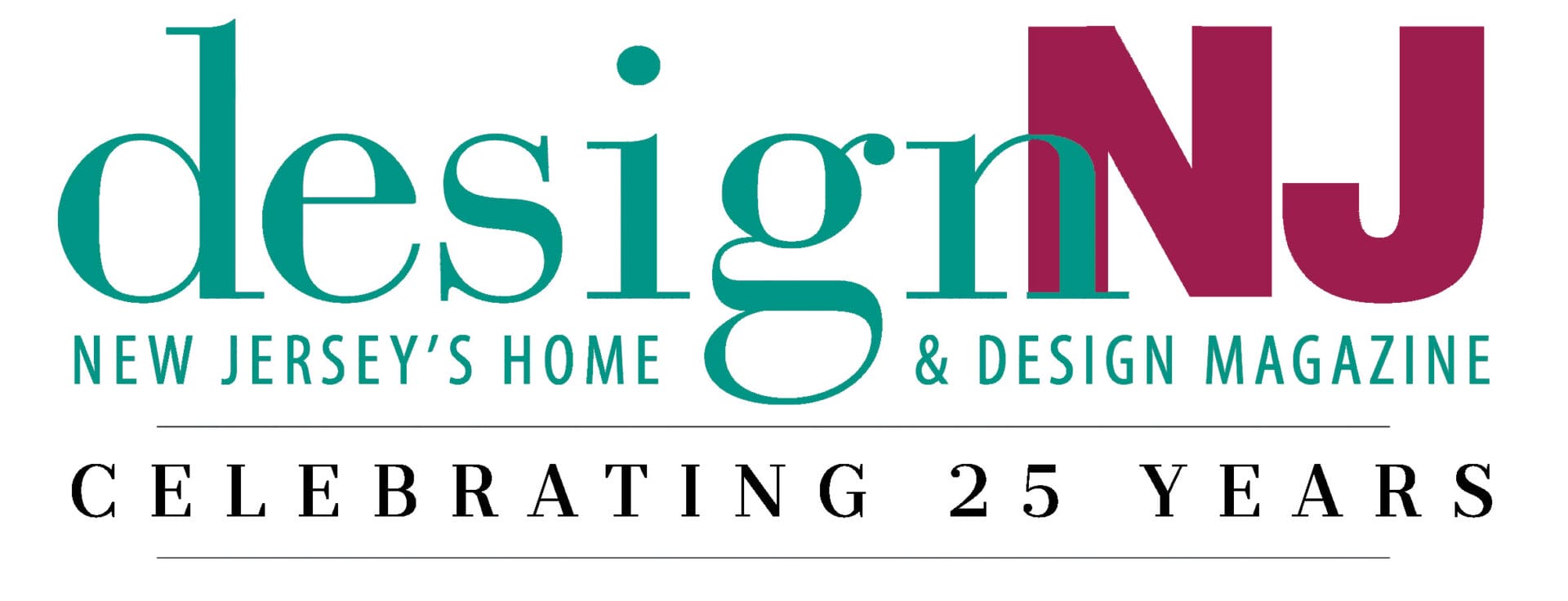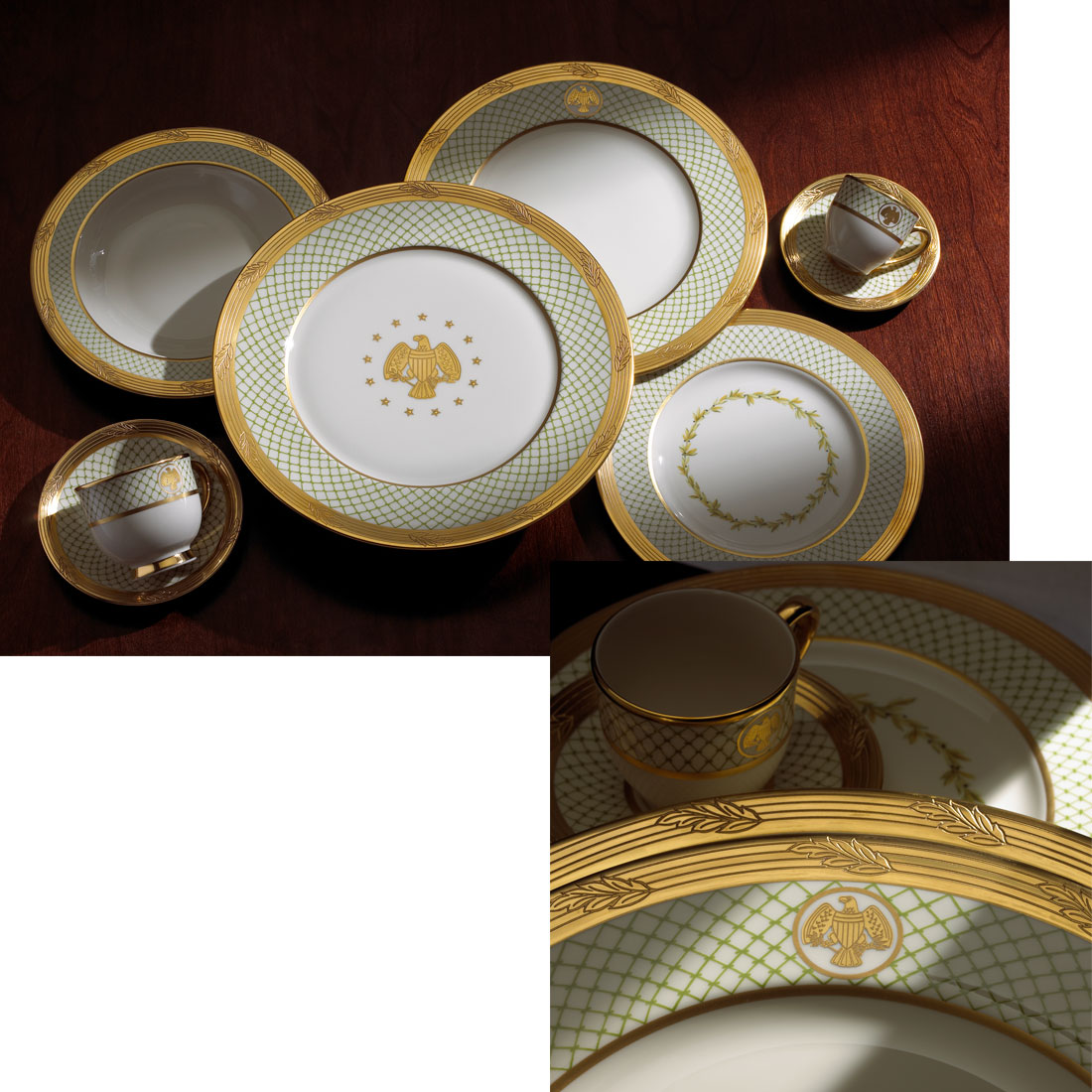Inside the Presidents’ Cabinet
In observance of Presidents’ Day, we take a look at some regal sets of china — designed by Lenox — that have graced the most important house in the nation.

At the New York Tabletop Show, held every spring and fall, Design NJ editors revel in what’s new, next and trending in tabletop design. Last season’s visit was no exception. However, a tour of the Lenox showroom also took us back in time with a stunning glass-enclosed display of the state services the company had the honor of creating for six U.S. presidents: Wilson, Roosevelt, Truman, Reagan, Clinton and George W. Bush.

Timothy Carder, vice president of design at Lenox
We reached out to Timothy Carder, Lenox’s vice president of design (and who personally designed two of the presidential collections) for insight into the tastes and the times that influenced each collection.
Design New Jersey: Lenox — founded in Trenton over a century ago — is known as the first American company to design tableware for the White House following Woodrow Wilson’s election in 1913. Before that, all presidential tableware was produced in Europe. How did Lenox win over the White House?
Timothy Carder: By 1917 Lenox had the capability to produce very fine dinnerware and began marketing it in the United States. During the spring of 1917, the important Washington, DC, retailer Dulin Martin Co. was hosting Lenox’s display and, as part of the promotion, sent an invitation to first lady Edith Bolling Wilson. She was very impressed with the display and quality and within a few weeks commissioned Dulin Martin to submit designs for official White House china made by Lenox. The designs were true to Lenox style at the time, making full use of acid-etch gold work and full-rim cobalt borders.
DNJ: Is there a common thread with the presidential seal or does it vary in size, style or complexity depending on the pattern?
TD: The presidential seal stays the same except for one change. During wartime the eagle faces the arrows and during peace, the olive branch.
DNJ: Nancy Reagan was famous for her love of red, which I imagined influenced the beautiful scarlet-rimmed dinner pattern from that administration. Has that shade of red been used in any other Lenox collections?
TD: The shade of red used for the Reagan service was specified by Nancy Reagan and a hard color to achieve; it will probably never be used again.
DNJ: Has the number of presidential/state service requirements increased much from the early years to present day? Also has the size of the dinner plate changed along with the American appetite.
TD: The size of the dinner plates has always been the same, and the State Dining Room has a maximum capacity of 300. The Clintons chose to go with the full 300 place settings while Reagans used 250.
DNJ: You specifically designed the dinnerware collection for Bill Clinton’s administration as well as George W. Bush. Describe that experience and the inspiration behind both designs.
TD: Working with Hillary Clinton and Laura Bush were true collaborations. The Clinton service was inspired by ornamental plasterwork in various state rooms. Each piece in the place setting was different, and the service plates had etched and embossed designs covered with several layers of 24-karat gold. The Bush service was inspired by plates that Dolley Madison had acquired, and the eagle used was taken from a piece of antique furniture. Neither service used the presidential seal.
DNJ: Does every administration introduce its own china?
Not every administration chooses to create dinnerware. If they do it’s usually in the second term.
Editor’s Note: Lenox ceased manufacturing in Trenton in the mid-1970s and moved to Pomona, where it made ivory china. In 2005, the Pomona plant began to wind down as manufacturing moved to Kinston, North Carolina. Company headquarters are in Bristol, Pennsylvania.














